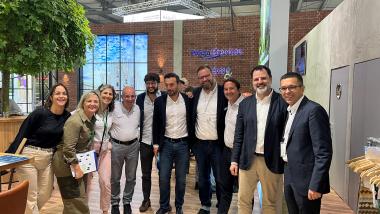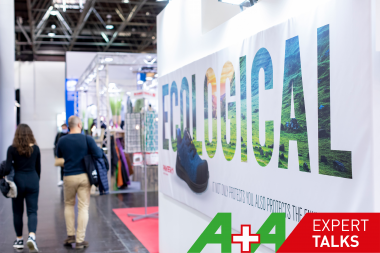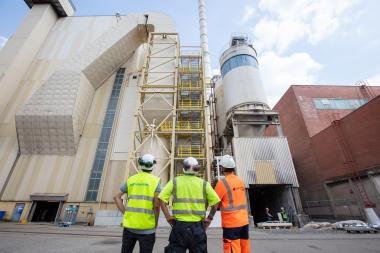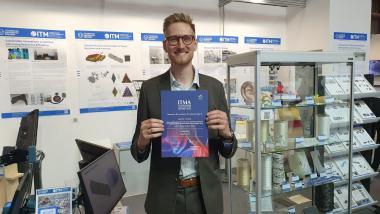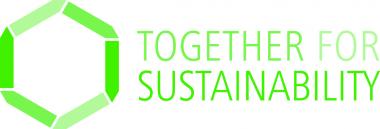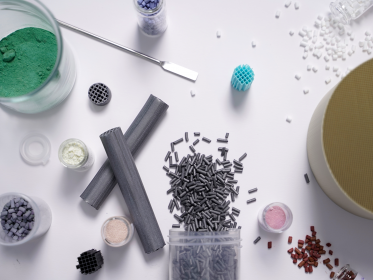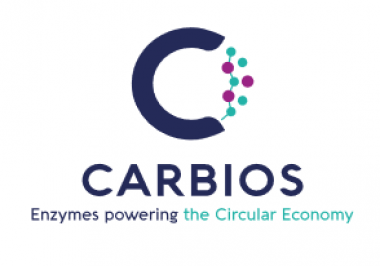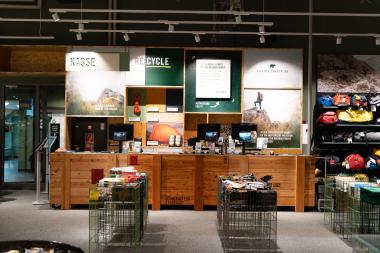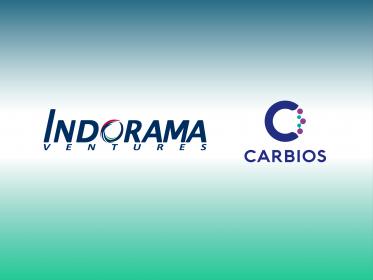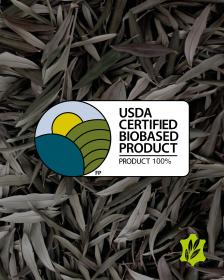Pulcra Chemicals and Inditex develop Dyeing Process
Pulcra Chemicals and Inditex develop Sustineri Coloring, a combined pretreatment and dyeing process for cotton and polyester/cotton resulting in water, time and energy savings. This process is the result of a joint research between Pulcra Chemicals and Inditex with the goal to mitigate the impact of standard dyeing processes and to reduce the use of natural resources.
Sustineri Coloring is based on newly engineered process chemicals which allow a one bath pretreatment and dyeing process for dark, medium and light shades of cotton and polyester/cotton fabrics by exhaust method. This results in shorter processing time and less use of water and energy.
The process is already used by selected mills and it showed that Sustineri Coloring is reducing in pretreatment and dyeing the processing time by up to 60 % and the water and energy consumption by up to 80 and 60% respectively. The state-of-the-art products allow a one bath treatment which is the key in saving resources.
Pulcra Chemicals


